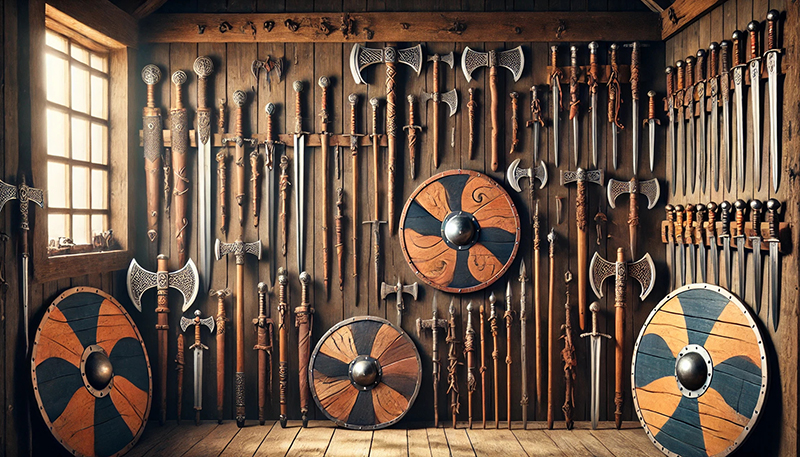Viking Blog
Viking Weapons: Power Forged in History, Craftsmanship, and Legend
The Viking Age (late 8th to early 11th century) evokes images of fearless Norse seafarers. They braved tumultuous waves and conquered distant shores. Their weapons are central to their legacy. They are tools of survival, conquest, and artistry. These war tools were more than necessary. They were symbols of identity, status, and a connection to the divine. Let’s explore the history, skill, and allure of Viking weapons. They are timeless icons.
A Warrior’s Identity: The Historical Context
The Vikings’ world was one of exploration, trade, and battle. In this dynamic society, weapons were essential. They were tools of war and symbols of identity. To a Viking, a weapon was as essential as the air they breathed—a companion in life and a guide in death.
Archaeological finds show that Viking warriors were often buried with their weapons. This suggests that they cherished these items beyond their utility. Grave sites across Scandinavia and beyond have unearthed artifacts. They offer a fascinating glimpse into the past. Each blade or axe head whispers tales of bravery and skill. They reflect the Vikings’ deep reverence for their weapons.
The Artistry of War: Crafting Viking Weapons
Viking blacksmiths were artists as much as they were engineers. Using innovative techniques like pattern welding, they created deadly, beautiful blades. This method combined iron and steel. It made strong, flexible blades with stunning patterns.
Key resources, like bog iron from Scandinavian wetlands and high-carbon steel, made their craft. The smiths’ creations had intricate designs and runes. People believed that they had spiritual power. They offered protection and would summon victory in battle.
The process wasn’t about forging metal; it was about forging destiny. Every weapon told a story. It merged practicality with mysticism. It transformed an ordinary warrior into a legend.
Icons of the Battlefield: Viking Weapons in Action
Swords: Viking swords, like the legendary Ulfberht, were for elite warriors. They were the pinnacle of craftsmanship. These double-edged blades were for close combat. They often had inscriptions that hinted at their extraordinary quality. They were so advanced that people considered them centuries ahead of their time. Ulfberht swords were not weapons. People prized them as heirlooms, passing them down through generations.
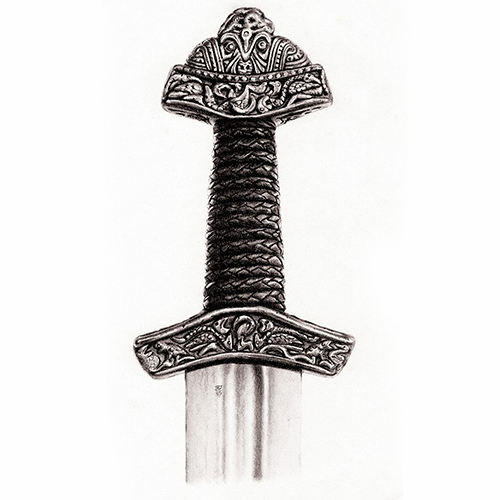
Axes: The quintessential Viking weapon, axes came in various sizes and forms. The compact francisca, a throwing axe, disrupted enemy ranks from a distance. Meanwhile, the fearsome Dane axe had a long handle and a wide blade. It could shatter shields and cleave through armor. So, it was a favorite of Viking berserkers.
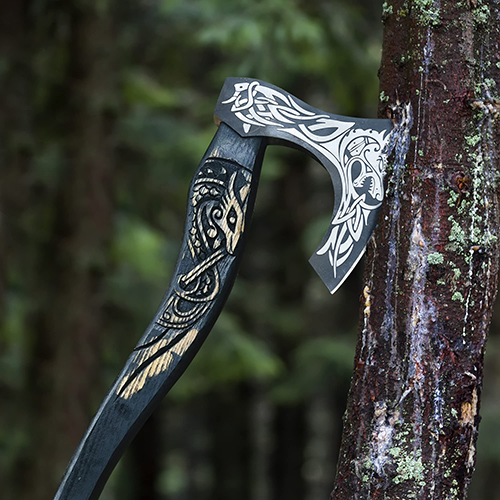
Spears: They were everywhere. They were versatile. They were tools for survival and war. Vikings wielded them with precision. They hurled them to great effect or used them in close combat. Some spearheads had barbs. They killed and were hard to remove from an opponent’s flesh or shield.
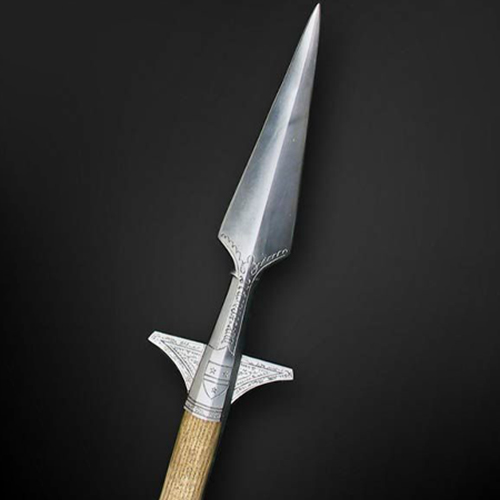
Shields: Not only defensive tools, Viking shields served as strategic assets. They were round, wooden, and reinforced with iron. They were lightweight for maneuverability. But they provided critical protection. Adorned with bold designs, shields conveyed tribal identity and inspired fear in foes.
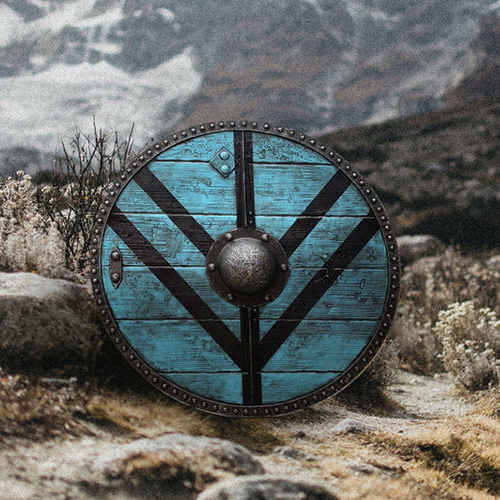
Bows and Arrows: Silent yet deadly, craftsmen made Viking longbows from yew or ash. They could strike enemies from impressive distances. Archery took immense skill. They used it in combat and hunting. This reflected the Viking focus on precision and adaptability.
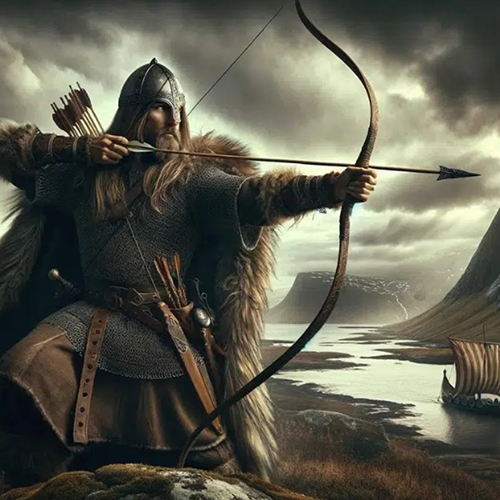
Weapons of Myth and Legend
Viking weapons were as steeped in myth as they were in battle. Many swords had names, like “Gram.” It was Sigurd the Dragonslayer’s mythical weapon, believed to be magical. Sagas and poems immortalized these tales. They cast Viking weapons as divine artifacts. They shaped the fate of gods and mortals alike.
To the Norse, a weapon was more than steel and wood; it was a vessel of courage and honor, tied to their concept of wyrd (fate). A warrior’s blade or axe carried their destiny. It echoed the Viking belief. One’s arm strength and one’s blade sharpness linked life and death.
The Modern Allure of Viking Weaponry
Even today, Viking weapons fascinate and inspire. From museum exhibits with original artifacts to modern craftsmen, the tools’ legacy endures. They revive ancient techniques. Pop culture—books, films, video games, and TV—keeps the mystique of Viking weapons alive. It bridges history and imagination.
The Viking Age valued courage, skill, and craftsmanship. It resonates in a world still drawn to heroic tales and adventures. Modern fans study and recreate these artifacts. They ensure the Vikings’ spirit lives on.
Conclusion
Viking weapons were more than war tools. They were identity, art, and legacy. These tools, from clashing swords to whispered myths, showed the Viking Age. It was a time when courage and craft shaped history.
Their power endures. It reminds us that every blade has a story. And behind every story is the spirit of those who dared to wield it.

